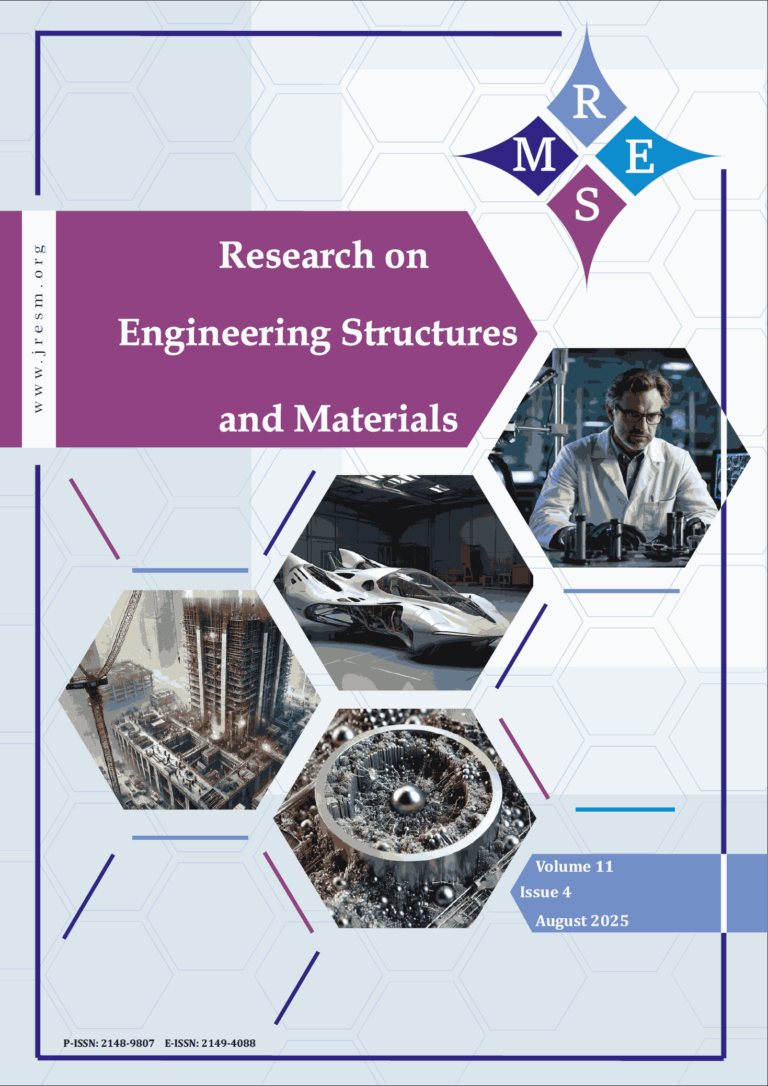This review article explores the use of carbon nanotubes (CNTs) as material enhancers in construction and their advantages. It emphasizes ongoing research to gather accurate data on CNT-enhanced material properties and their role in creating more efficient and stronger building materials. The various methods of obtaining and incorporating CNTs into building materials, including chemical vapor deposition and electric arc synthesis, are discussed. A comparative analysis of building materials with and without CNTs is presented to examine their characteristics. The article also discusses future prospects for CNTs in various industries. The study aims to investigate experimental methods for obtaining CNTs, their properties, and their introduction into building materials. The research methodology involves studying literature sources, analyzing experimental results, and examining the structural, mechanical, and electronic properties of CNTs. Analytical methods based on scientific articles and publications related to CNTs in construction were used to ensure the article’s reliability, validity, completeness, and objectivity. The research highlights CNTs’ potential as material enhancers in construction, owing to their unique mechanical properties, such as high strength, stiffness, and corrosion resistance. Specific studies demonstrating the use of CNTs to increase the strength of concrete and other construction materials are provided, indicating the promising application of CNTs in future construction projects. However, technical challenges must be addressed, and appropriate standards and regulations should be developed before practical implementation.
